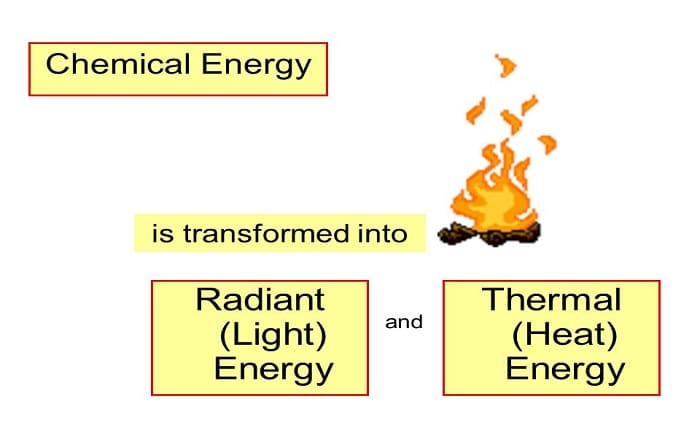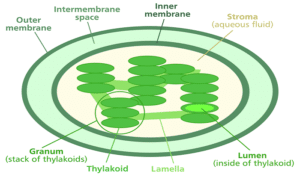Which Process Is Most Directly Driven By Light Energy and How?

Plant life always intrigued me. We all know that they provide us with oxygen to help us breathe and take in carbon dioxide in return for making food.
But this food production process, photosynthesis, isn’t as simple as it seems. And it needs other ingredients, each with its own duties to make it happen.
Very complex process!
Such an ingredient is light energy. And as with any kind of energy, it transforms into a different energy, chemical energy in this case, to make the food.
But in regards to photosynthesis, which process is most directly driven by light energy? And how?
I’ll explain it all to you today!
Light Energy: What Is It?
Before I get into answering the question of which process is most directly driven by light energy, you should know a little about light energy.
What is light energy?
I mean, light is what helps you see things, right? But that’s not all that light energy is. It is actually a type of kinetic energy.
The sun, lasers, bulbs, and other really hot objects emit a variety of electromagnetic radiation, which is what light is.
How does it work?

Well, light actually contains energy packets known as photons. And when an atom of any object heats up, it can produce these photons.
That happens because electrons get excited because of such heat and earn some extra energy, which gets released as photons.
Which Process Is Most Directly Driven By Light Energy?
You might have stumbled upon this question in your textbook, or you simply want to know how light energy is involved in photosynthesis.
So, which process is most directly driven by light energy?
- creation of a pH gradient by pumping protons across the thylakoid membrane
- removal of electrons from chlorophyll molecules
- reduction of NADP+ molecules
- carbon fixation in the stroma
The correct answer to this question is actually b) removal of electrons from chlorophyll molecules.
And this occurs because of the light-dependent reactions within photosynthesis to turn light energy into chemical energy.
The Calvin cycle will then use this chemical energy to boost the formation of sugar molecules in plants.
I will explain how it happens in a moment!
Removal of Electrons from Chlorophyll Molecules
Now you know that the answer to which process is most directly driven by light energy is the removal of electrons from chlorophyll molecules.
But how does it happen?

The short answer is that it happens through light-dependent reactions. And the long answer goes like this:
Through light-dependent reactions, light energy gets altered into chemical energy. And the Calvin cycle uses this new form of energy to make food for plants.
It begins with pigments!

Within the chloroplast of plants, there are thylakoids. That’s where the proteins, the photosystem, exist.
The pigment molecules of plants exist with these photosystems. And one pigment molecule can absorb a single photon.
So when the sun’s rays or light energy hits a plant, the photons of such light energy travel down the path and reach a chlorophyll molecule.
Then what?

Because of the photon, one of the electrons of said chlorophyll gets into an “excited” condition because of the energy from the photon.
And this energy helps the electron disentangle itself from an atom of the molecule of the aforementioned chlorophyll.
Then, a water molecule splits to release an electron that would take the place of the first electron. Thus, the water molecule turns into hydrogen ions and oxygen.
Eventually, all this leads to the formation of simple sugar for plants.
Conclusion
The answer to which process is most directly driven by light energy is the removal of electrons from chlorophyll molecules to make simple sugar in plants through the process of photosynthesis.




